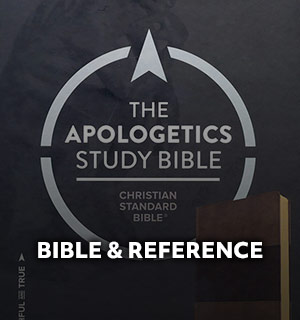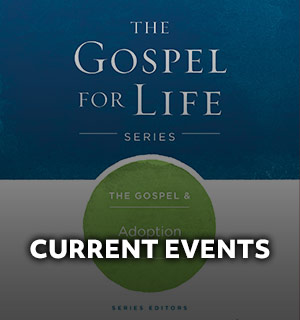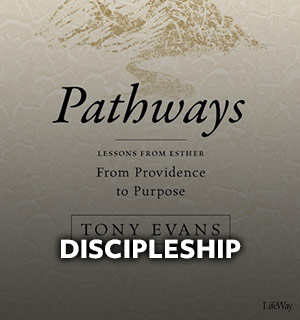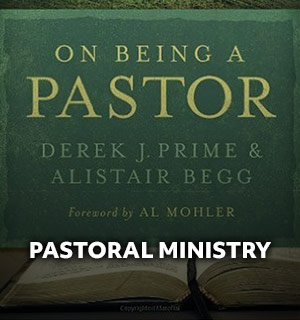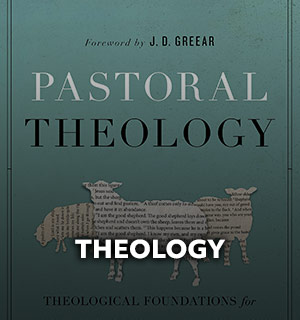By Chris Hulshof
When it comes to design, getting the shape of something right matters.
Consider the time NASA spent more than 200 million dollars fixing the Hubble Space Telescope because its mirror wasn’t polished to the correct shape. Once the telescope was deployed and began to send back blurry pictures, it became clear NASA had a significant problem.
This forced them to spend a large amount of money so the telescope could send back useable images.
The shape of things matters.
My friend and colleague Dr. David Wheeler teaches evangelism at Liberty University. In his evangelism class, he argues that for a Christian’s witness to be viable, it needs to be shaped by three “V’s.” Our witness needs to be verbal, visual, and vulnerable.
These same traits can also help shape an effective disability ministry.
Lifeway Research found nearly every pastor (99%) and churchgoer (97%) says someone with a disability would feel welcomed and included at their church.
But to make this a reality, churches must ensure their witness to those with disabilities and their families encompasses verbal, visual, and vulnerable components.
1. Verbal Witness
One of the reasons a church should engage in disability ministry is so everyone in their church and community can have the opportunity to hear the gospel in a way they understand.
A church that chooses to meet the physical needs of the disabled but doesn’t address their spiritual needs is a church that hasn’t taken the Great Commission seriously.
Meeting the spiritual needs of the disabled begins by being able to communicate the gospel message in a disability-friendly and accessible manner.
When it comes to disability ministry, churches typically focus on physical accessibility, asking questions such as: Do we have enough accessible parking spaces? Is there a ramp for wheelchair access?
However, there’s also a gospel accessibility we must consider. Is our church the type of accessible community of faith where the gospel is proclaimed in a way that mental and cognitive issues are taken into consideration?
A gospel-focused church has thought through how to present the good news so all who attend can hear it in a manner they understand.
A church that’s intentional in their ministry to the disabled will consider how to communicate the gospel to those whose cognitive understanding doesn’t match their physical age.
Further, when communicating the gospel message, the disability-inclusive church rethinks the language of the gospel so theological terms and concepts are presented in words that make sense to all who hear.
2. Visual Witness
Visual witness in disability ministry involves small acts of compassion, care, and concern as the access point to live out and then present the gospel message.
It’s easy to think of what these acts are not before we consider what they are. These small acts of compassion, care, and concern aren’t related to ministry projects. Project-based disability ministry usually devolves into a singular act of charity devoid of a meaningful relationship.
Contrast this to an effective, visual witness in disability ministry where a church is committed to developing and growing meaningful relationships with those in the disability community.
Shaping disability ministry to involve regular and consistent interaction with those who are disabled demonstrates you value meeting both physical, emotional, and spiritual needs.
When the visual witness in disability ministry consists of nothing more than sporadic, singular ministry projects, it heightens the societal abandonment the disabled can feel.
Those with the cognitive capacity to understand what’s taking place realize our one-and-done involvement underscores our lack of compassion, care, and concern.
Singular ministry-project events can also run the risk of highlighting a sort-of spiritual selfishness where the one thing we’re most concerned about is checking off the “service box” on our faith checklist.
To be sure, those we’re ministering to may receive some benefit, but we’re the ones who benefit the most as we seek to show a healthy measure of spirituality through our performance.
3. Vulnerable Witness
How do we avoid the performance trap that uproots the real and pure visual witness in disability ministry? The first step is to recognize our brokenness.
Because of the fall of humanity, we’re all broken people. We can do our best to pretend this isn’t true. However, the depth of the fall has left its mark on each of us.
When we choose to engage in disability ministry from brokenness rather than presumed strength, we allow vulnerability to shape our disability ministry.
Being vulnerable here means disability ministry involves equally broken people. It’s broken people ministering to and with other broken people.
The second step in shaping a vulnerable witness in disability ministry begins by considering the Imago Dei—humans being made in the image of God—as a foundation for ministry.
Often when we engage in disability ministry, we do so with an eye to Jesus’ declaration about the “least of these” (Matthew 25:45).
When we do, we elevate our status so we—who aren’t the least of these—are ministering to those who are the least of these. A “least of these” approach to disability ministry communicates a subtle superiority where those doing ministry are greater than those being ministered to.
Rather than basing disability ministry on “the least of these,” it would be wiser to use the Imago Dei as the foundation for disability ministry. When we see others as equally made in the image of God, it impacts how we relate and minister to them.
Shaping a Viable Disability Ministry
The shape of things matters. For disability ministry to be effective it needs to be shaped by a verbal, visual, and vulnerable witness.
Only when we communicate the gospel in a way that people understand, live the gospel message out in relationships strengthened by continual acts of compassion, care, and concern, and then minister alongside the disabled as image-bearers will we have the proper shape for a viable disability ministry.
CHRIS HULSHOF (@US_EH) is an associate professor and department chair for Liberty University’s School of Divinity where he teaches Old Testament Survey, Inductive Bible Study, and a Theology of Suffering and Disability. He also earned an Ed.D from Southeastern Baptist Theological Seminary where his research focused on the intersection of disabilities, theology, and church ministry.




